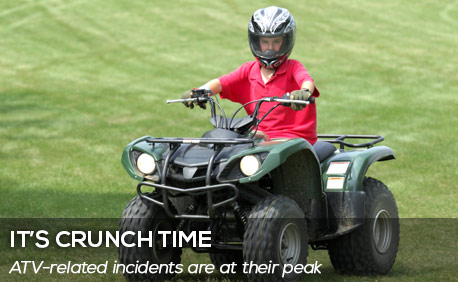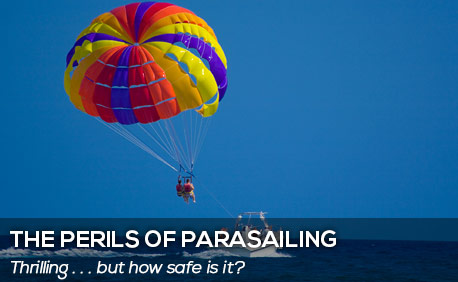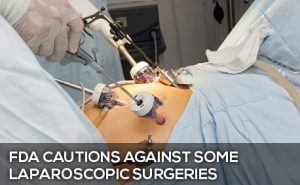Shopping for a used car or truck? You probably assume that the dealer will have fixed any recalled parts and that it’s safe to drive off the lot. If that’s what you think, you’re probably wrong.
Already in 2014, 39.85 million vehicles have been recalled. How many of those do you think are sitting on used-car lots? And the dealer is not required to fix a recall defect on a used car before selling it. In fact, they don’t even have to tell you about the outstanding recall. Federal law prohibits auto dealers from selling new cars that are under a safety recall, but there is no similar law to protect used car buyers.
This is why nearly a dozen consumer safety groups have filed a petition with the Federal Trade Commission urging the FTC to investigate and take enforcement action against CarMax, the used-car superstore chain. The groups allege that CarMax uses deceptive advertising and sales practices when it characterizes its used vehicles as “CarMax Quality Certified” and assures consumers that each used vehicle has passed a rigorous inspection. Rosemary Shahan, President of Consumers for Auto Reliability and Safety (CARS), said, “CarMax is playing recalled used car roulette with its customers’ lives.”






